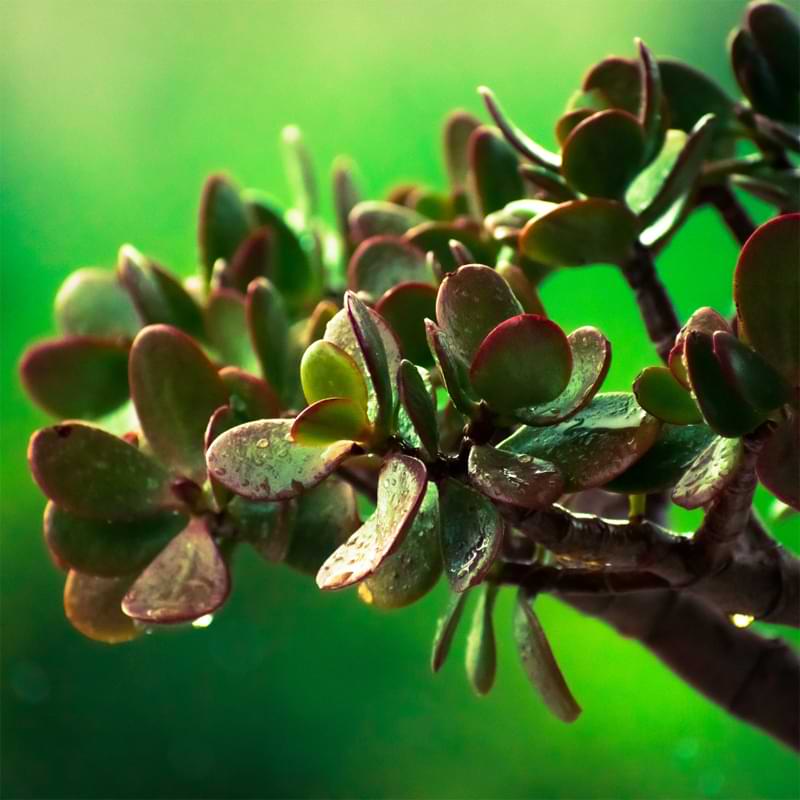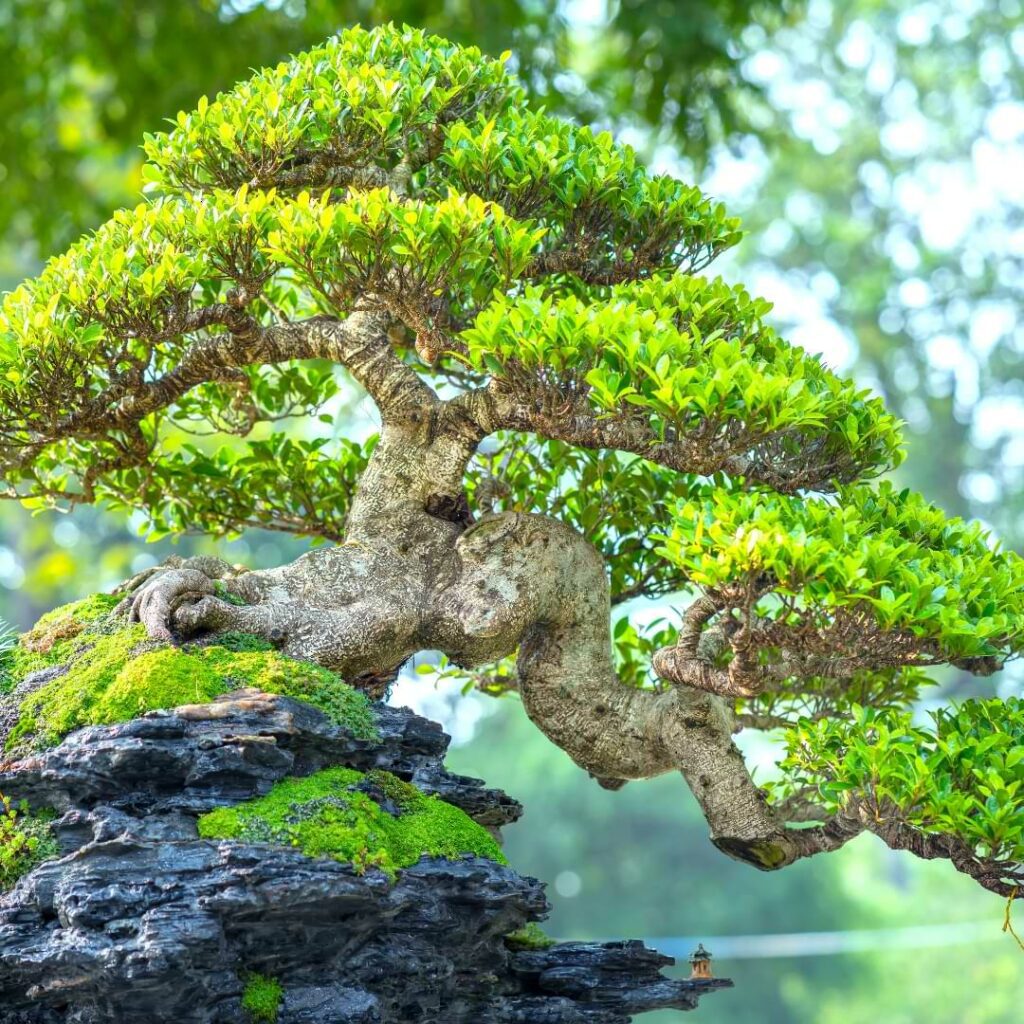If you’re a bonsai enthusiast, you know that there’s nothing more satisfying than seeing your tiny tree flourish and grow. But what do you do when you want to see more branches on your bonsai tree? Lucky for you, we have a few tricks up our sleeves to help you encourage new branch growth on your bonsai tree.
Why Growing New Bonsai Branches is Important
New branch growth plays a crucial role in maintaining overall health and vitality of your bonsai. Moreover, growing new branches enables you to reshape your bonsai according to your preference while preserving its natural beauty. With careful pruning techniques, you can control where the branches grow and how they interact with each other. By encouraging new growth, you can create a fuller and more natural-looking tree.

How To Promote New Branch Growth
There are a few different ways to promote branch growth in your bonsai tree, but before we get into the “hows,” you first need to take stock of your tree and its health.
Before You Start
Make sure that your bonsai is healthy and well-established before attempting any major pruning or defoliation. While pruning is necessary at times to help your plant recover from diseased stems or leaves, a tree that is suffering from under- or over-watering, or a tree that has been exposed to either too much or too little light may go into shock if you are pruning for artistic or stylistic reasons. If your bonsai tree is happy and healthy, then gather some of these materials and you can start promoting more branch growth today!
Gather Tools and Equipment
Being prepared with the right tools and equipment will allow you to get through this process quickly and efficiently without having to leave your tree before the job is done.
You will need:
- Sharp, clean, and disinfected pruning shears
- Wire cutters
- Bonsai training wire
- Bleach—to sanitize your tools between plants (if you are doing more than one plant at a time.)
Determine Shape and Pruning Requirements
When deciding how to shape and prune your bonsai tree, start by learning a little bit about your tree’s growth and life cycles. Some trees are evergreens (with foliage year-round) while others are deciduous (those trees that have a noticeable dormancy period–when leaves fall and the tree stops growing for a few months). Within either of those parameters, there is even more variety that will determine how your tree should be shaped or pruned to encourage new branch growth.
Evergreens are typically easier to work with for beginners because they have foliage all year round, which means you can prune them nearly any time without worrying about damaging their growth cycle. Their growth will slow down slightly in the colder months when kept outside, but for the most part, they are almost always growing until they reach their mature size.
Deciduous trees, on the other hand, require more care during winter dormancy periods, and typically will react better when pruning and shaping is done between spring and early summer. Fruiting and flowering trees require specific pruning techniques depending on whether you want to encourage fruit or flower production. These trees prefer pruning during the very end of winter. This happens to be right when the tree starts signaling new growth, and will allow the plant to put more energy into its blooms.
Regular Pruning and Maintenance
Pruning and maintenance is crucial for promoting new branch growth in your bonsai tree. In fact, it is the only way to ensure your tree produces as many branches as it can.
It’s important to prune your bonsai regularly to prevent overcrowding, which can result in poor air circulation and lead to disease or pest infestation. Additionally, regular pruning promotes new bud development by directing energy towards growing new branches instead of maintaining old ones.
While it might sound counterproductive to prune the tree when you’re wanting it to produce new branches, it is incredibly important for your tree’s health and should not be avoided. To ensure you’re keeping up on the maintenance and pruning of your tree, you’ll want to prune away certain areas of your tree.
Removing Spent Leaves and Dead Wood
The most important pruning to do on your bonsai tree is cutting off spent leaves and dead wood. Not only does it look unsightly, it’s causing your tree to send energy to those areas in hopes of reviving them. Prune them off so your tree can focus on new growth instead of on saving the old, dead growth.
As always, when pruning any part of your tree, use only clean, sanitized pruning shears to keep your tree healthy.
Cutting Back Damaged or Unwanted Branches
Damaged branches are a breeding ground for disease and pests. By pruning them off, you’re helping your tree more than you might realize at first. If a branch is damaged but you want to keep as much of the branch intact as possible, you’ll need to prune under where the damage is, making sure to take off all damaged parts so your tree doesn’t waste energy trying to fix them.
Unwanted branches can also be pruned to shape the tree or to redirect the tree’s energy into other parts of the tree. Regularly removing damaged or unwanted branches helps promote new growth in your bonsai tree by redirecting nutrients and resources towards healthy areas.
Trimming Shoots
Trimming the shoots coming off is an essential aspect of maintaining your bonsai tree. Although it may seem counterproductive to trim away branches when you want to promote new branches, it is important to trim away those that are going to hinder growth for other parts of the tree. When shoots are left untrimmed, they can grow uncontrollably and hinder the development of other branches.
To trim unwanted shoots, identify the ones that are growing too long, in undesirable directions, or that are crossing other branches, and use your sharp, clean pruning shears to remove them.
Defoliation
Defoliation is a technique that involves removing leaves from the bonsai tree to encourage new growth. This process helps redirect the energy of the plant into producing new branches and foliage just like pruning branches does. It can also help improve the branching pattern of a tree. Defoliation is often done during the growing season when trees are actively photosynthesizing.
Benefits of Defoliating a Bonsai
One of the main benefits of partially defoliating a bonsai is that it allows for better light distribution throughout the tree. By removing some of the leaves, you create space for sunlight to reach deeper into the branches, stimulating new growth in areas that were previously shaded.
Another benefit is that defoliation can help improve air circulation within your bonsai. When there are too many leaves on your tree, air flow can be restricted which may lead to pest infestations or diseases. By reducing leaf density through defoliation, you encourage better airflow which promotes overall health.
Defoliating also enables you to control the shape and size of your bonsai by directing energy toward certain areas instead of others. This can be especially helpful when shaping young trees or managing overgrown ones.
How to Defoliate a Bonsai To Encourage Branch Growth
To begin the process of defoliating your bonsai tree, wait until it has fully matured its leaves for the current season. This usually occurs around late spring or early summer depending on the species of your tree.
Grab your clean, sharp pruning shears or scissors, and cut off all of the leaves from your tree except for one or two pairs at each branch tip. When cutting them off, get close to the branch where the leaf stem grew out of it, but don’t nick the branch.
After approximately 4-6 weeks, you will start seeing new buds emerging from old branches which were previously hidden under dense foliage. As these new shoots develop into branches, they will thicken and become more sturdy.
Keep in mind; too much leaf removal can shock your bonsai tree resulting in weak branching structure development. Therefore, always proceed with caution when removing leaves, as overdoing it could cause permanent damage and stunt future growth potential.
It’s important to note that not all species of bonsai respond well to defoliation. Deciduous trees such as maples and elms tend to respond better than evergreens like junipers or pines, which may take longer to recover from this process.
Final Thoughts
Growing new branches on a bonsai tree is not only essential to its overall health but also adds aesthetic value. With the right pruning techniques, defoliation methods, and regular maintenance, you can promote healthy branch growth in your bonsai.
Bonsai With Us!
The Bonsai Resource Center is here to help you learn the best bonsai tree care and provide you with the tools you need to keep your tree healthy and strong. Explore our other articles, visit our online shop, and connect with other bonsai lovers in our Facebook group to learn everything you need to know about this rewarding hobby!



